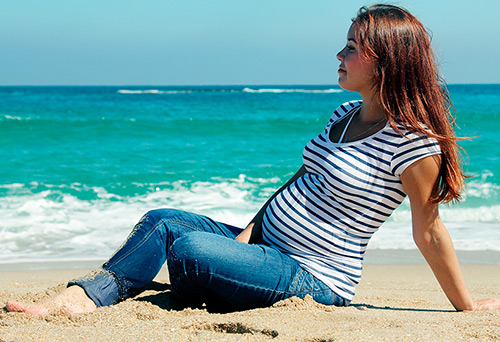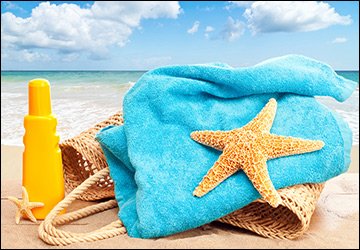Cosmetology
Top tanning misconceptions to forget
Tanning can be compared to alcohol, they bring pleasure, are an important part of relaxation and are harmful in their own way. The abuse of sunburn and alcohol very quickly reflects on our face and body not in the best way, and in some cases can lead to very sad consequences.
Despite these caveats, many people cannot stop drinking and tanning. Tanning immediately gives pleasure and beauty, it evens out skin tone, hides minor imperfections and makes us more desirable. Over time, it can become the reason hyperpigmentation and accelerated skin aging, but we live for today and do not want to think about the bad ...
Very soon spring, which promises to be very warm and sunny, let's meet the sun in enlightenment, not ignorance. It's time to remember the most common misconceptions about tanning.
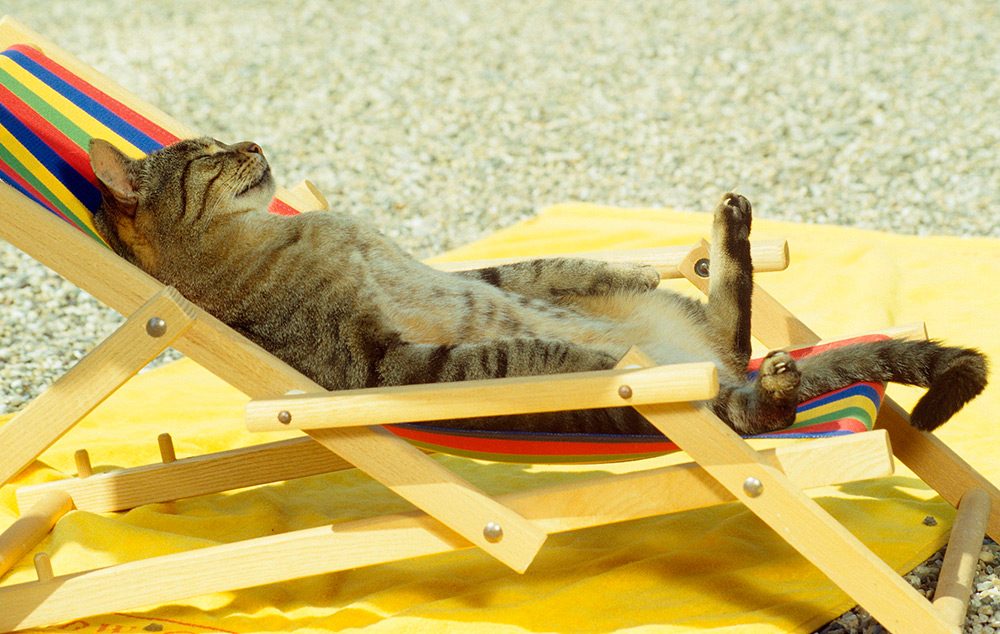
1. If you use sunscreen, you can't really tan.
No sunscreen actually blocks one hundred percent of the rays, so you will tan anyway, but the tan will not be too intense. Sunscreen will allow you to stay on the beach much longer, but in any case, do not overuse your tan.
2. For people with dark skin, the sun is not dangerous, they need not use sunscreens and other means.
Dark-skinned people have more melanin in their skin cells, which means that UV resistance is higher than that of whites. But even they are not 100% protected from harmful radiation, especially from UVA rays, and they are the most dangerous, since they do not cause sunburn, but penetrate deep into the skin, stimulate its aging and cell changes.
In addition, after prolonged exposure to the sun, dark-skinned girls are more at risk of getting hyperpigmented spots. Therefore, sunscreens are equally needed for everyone living under the sun.
3. Enough with SPF 10
For dark-skinned girls, a cream with SPF 15 - SPF 20 may really be enough. But for fair-skinned such products will not protect from the sun. High SPF products are much more reliable. An SPF 50 index means that when using this product, you will need 50 times more rays to get sunburn than those who did not protect themselves!
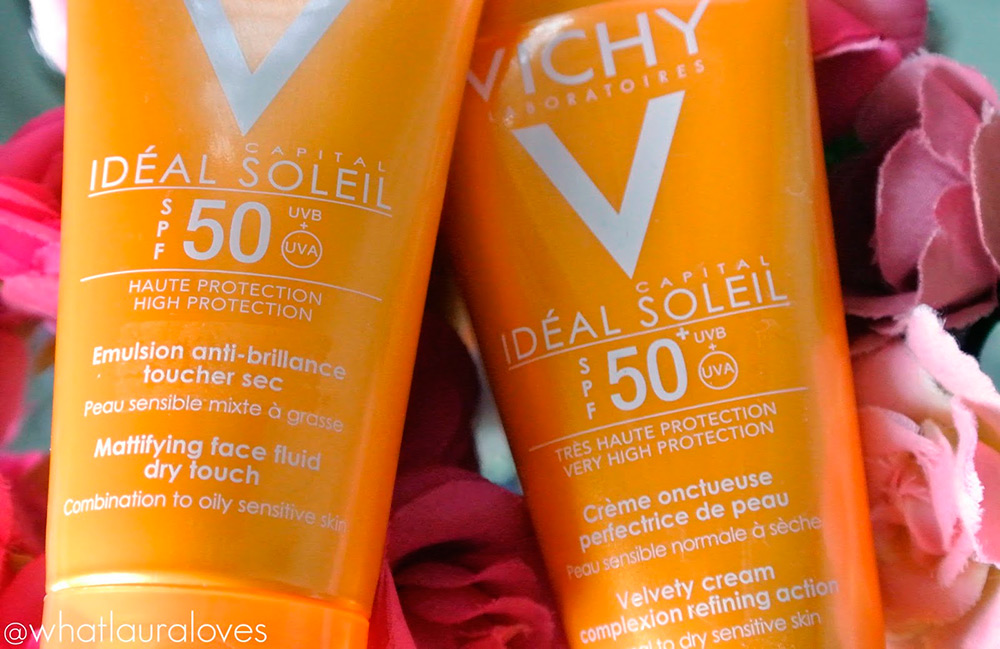
Another important detail - the SPF factor indicates only the ability of the product to protect you from ultraviolet rays group B, that is, from sunburn. Look for UVA, PA +++ or PPD (Persistent Pigment Darkening) on the tube to make sure it also protects against Type A rays.
4. Sunscreens cannot be used on problem skin
Intense and prolonged solar radiation can intensify acne, as the stratum corneum thickens (this is a natural defense reaction) and the outflow of sebum from the glands slows down. Therefore, if you have acne, choose light, liquid products - milk, lotions, sprays, emulsions with a mattifying effect.
5. Protective agent must be applied directly on the beach
Products based on titanium dioxide and zinc oxide can actually be applied directly under the sun, they start to protect from the first minutes. But not all sunscreens are created equal, and some take time to soak into their skin and start working.
First of all, this applies to products with chemical components (cinnamates, benzophenones, etc.), they need some time, so apply a protective layer 20-30 minutes before going out.
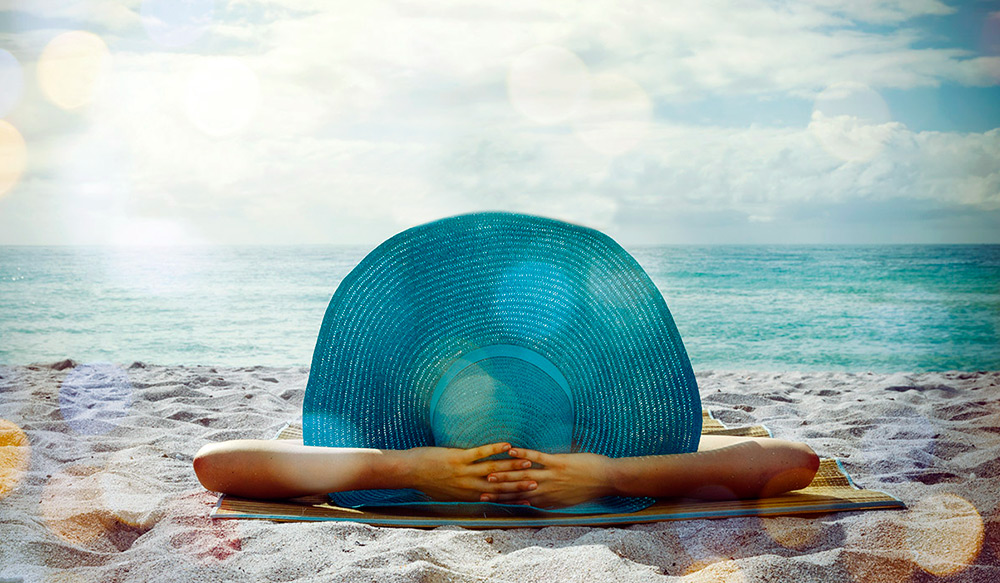
Comments and Reviews
Add a comment
Rating news
Shades of clothing that make women look younger
What shades of hair make women younger: rules and photos
Funny wedding dresses - photos and ideas
12 most expensive down jackets for the winter
How to look 25 at 40: tips from supermodels
Beautiful schoolgirls
Anti-aging haircuts and hairstyles for women
Fashionable skirts for autumn and winter
Fashionable women's trousers for the cold season
Fashionable and stylish sandals for summer 2024
Spring-summer 2024
 Fashionable dresses and tops with thin spaghetti straps
Fashionable dresses and tops with thin spaghetti straps
 Bandana tops: how to wear stylishly and beautifully
Bandana tops: how to wear stylishly and beautifully
 How to put together the perfect men's wardrobe for the summer
How to put together the perfect men's wardrobe for the summer
 Trendy shorts for spring-summer 2024
Trendy shorts for spring-summer 2024
 Fashionable skirts for spring-summer 2024: a guide to online shopping
Fashionable skirts for spring-summer 2024: a guide to online shopping
 The most fashionable dresses spring-summer 2024: styles and colors
The most fashionable dresses spring-summer 2024: styles and colors
 Fashionable total look 2024: image ideas and trends
Fashionable total look 2024: image ideas and trends
